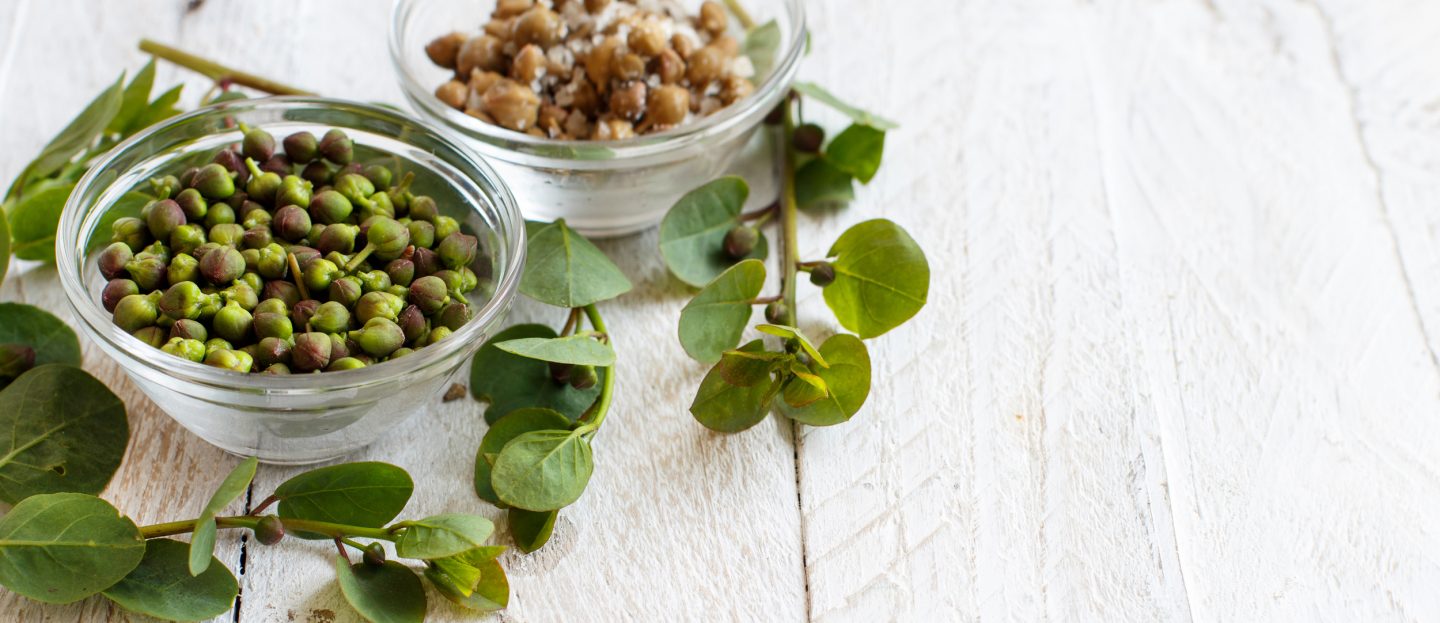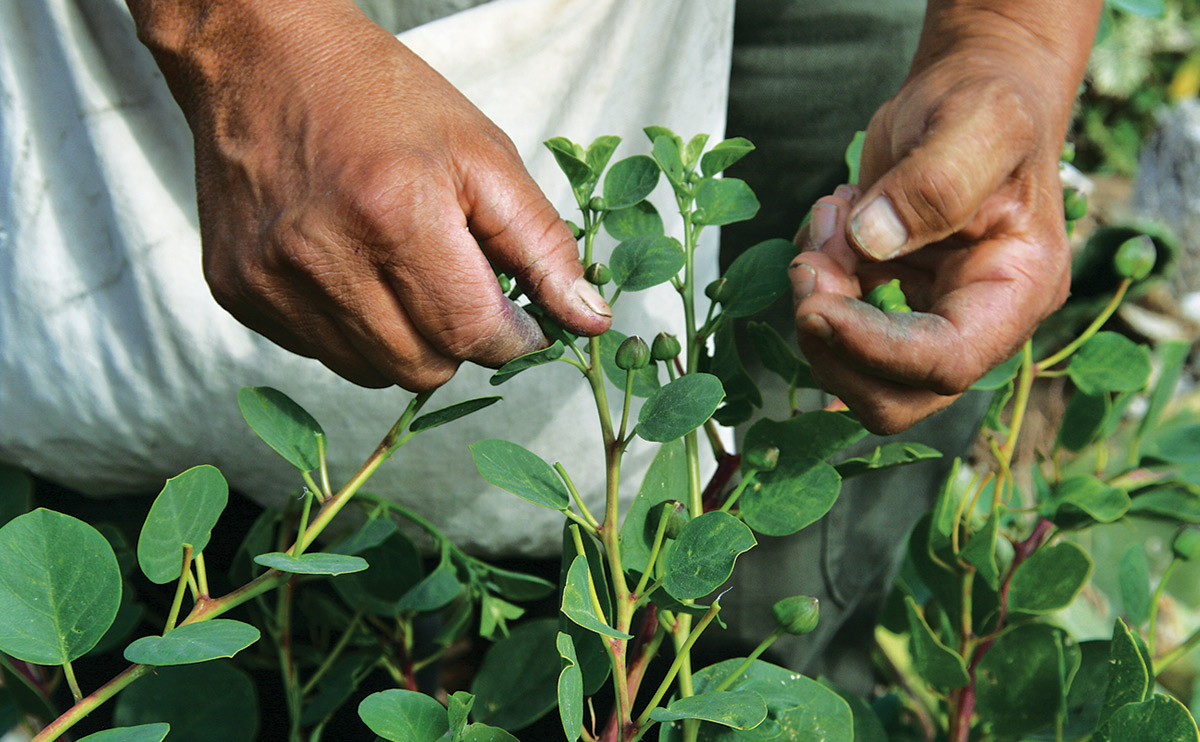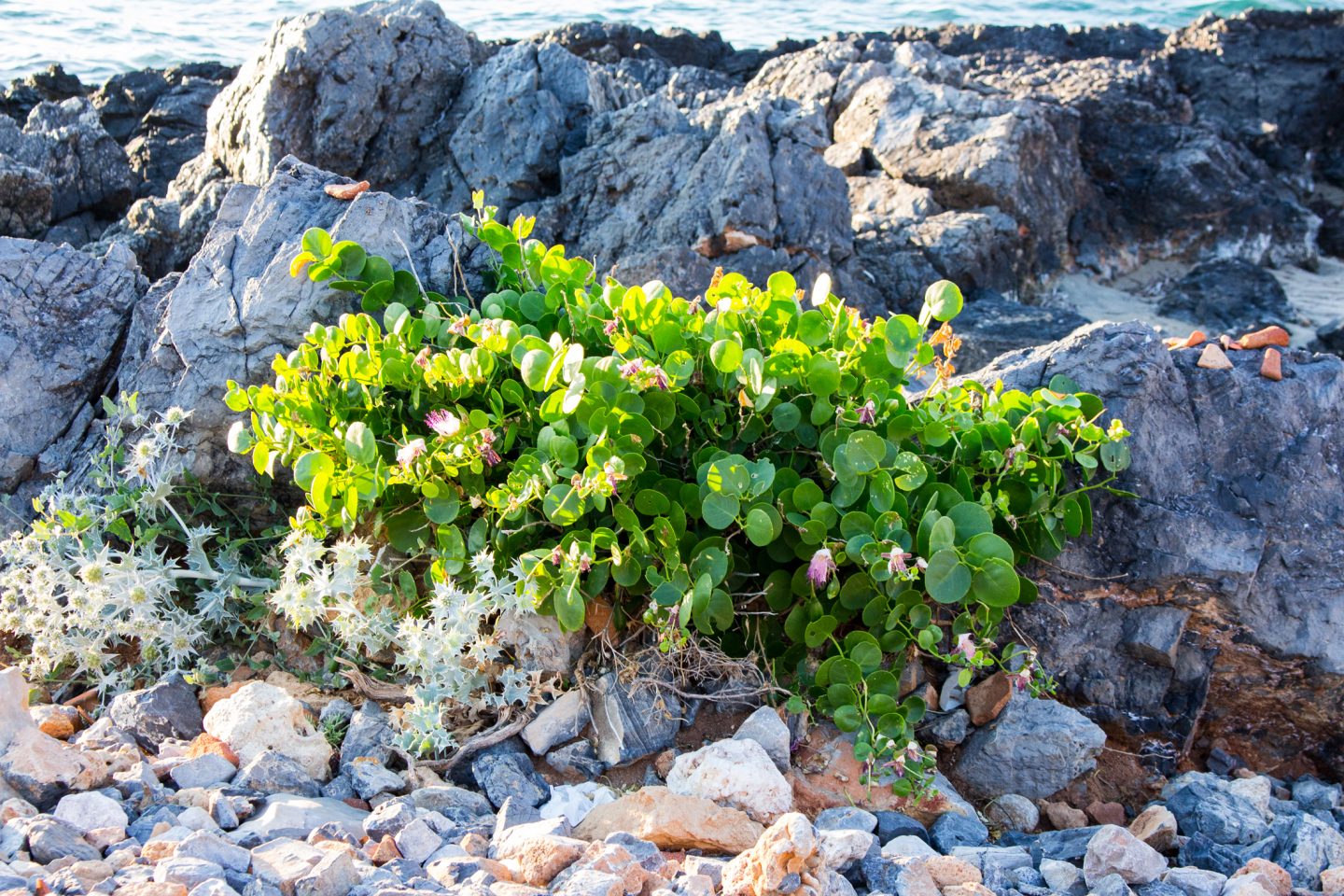The tiny hero of Mediterranean cuisine
Dinning on the Mediterranean have you tried octopus salad already? Fish Carpaccio? Antipasti platter?
If YES then you must have encountered capers — those salty, pea-sized dark green things —one of those ingredients you see a lot but may not fully understand. You’ll catch them hanging out in Mediterranean, particular Adriatic and southern Italian cuisine most often.
For such tiny green buds, capers can be a remarkably polarizing ingredient. Bold, briny, and powerfully salty, they tend to fall into the same love-it-or-hate-it category as olives and anchovies. But, while saltiness may be their high note, capers—like olives and anchovies, for that matter—bring exceptional depth and character to cooked and raw dishes alike …

But do you know what capers actually are?
Capers are pickled flower buds.
Tiny capers are picked from a shrub-like bush (Capparis spinosa), long before the buds ever flower. The capers are then dried in the sun and later brined or packed in salt.
Sometimes they are allowed to mature to a fruit about the size of an olive. These are sold as caper berries and brined to be eaten like pickles or olives.
Capers also aren’t new to the culinary scene.
They have been around since the ancient times: they’re grown in parts of Asia, the Middle East, the Mediterranean, North Africa, Southern Europe, Turkey and California.
The plant itself is a really resilient one. Caper plants (Capparis spinosa) are usually found growing wild in the Mediterranean in dry, stony areas (most often wall cracks) similar to those where olives are grown.

Harvesting capers is an arduous process because they can only be picked by hand.
They’re too small and delicate to be plucked by machine, so they’re harvested individually. It’s what makes them so expensive. After being picked, capers are sorted by size and then dried, brined or salted, processed and packaged. The smallest size, called nonpareil, is the most desirable and most often used in recipes.
The caper makes its way into countless Mediterranean dishes,
and it’s not uncommon to see it paired with its salty compatriots, the anchovy and the olive.
They’re perfect for topping for fish, chicken or meat, and you can also use capers in a sauce, salad or on pizza. You can try a caper tapenade or pesto to serve on a crostini, or serve caper berries mixed with other brined and pickled vegetables for an antipasti platter.
The possibilities with capers are endless, and just a few go a long way.

Here is how our Executive chef Mr. Aleksandar Bjelogradski in Taverna Maslina makes the most out of them:
OCTOPUS CARPACCIO WITH MEDITERRANEAN SALSA
Cocktail tomatoes, olives, capers, olive oil and lemon
RED GURNARD FILLET WITH SAFFRON AND CAPERS SAUCE
Zucchini, mashed potato, cream, tomato, parsley
Info and reservations on: https://www.adriaticluxuryhotels.com/en/hotel-dubrovnik-palace/restaurants-and-bars/maslina-tavern-restaurant
Visit us on Instagram












